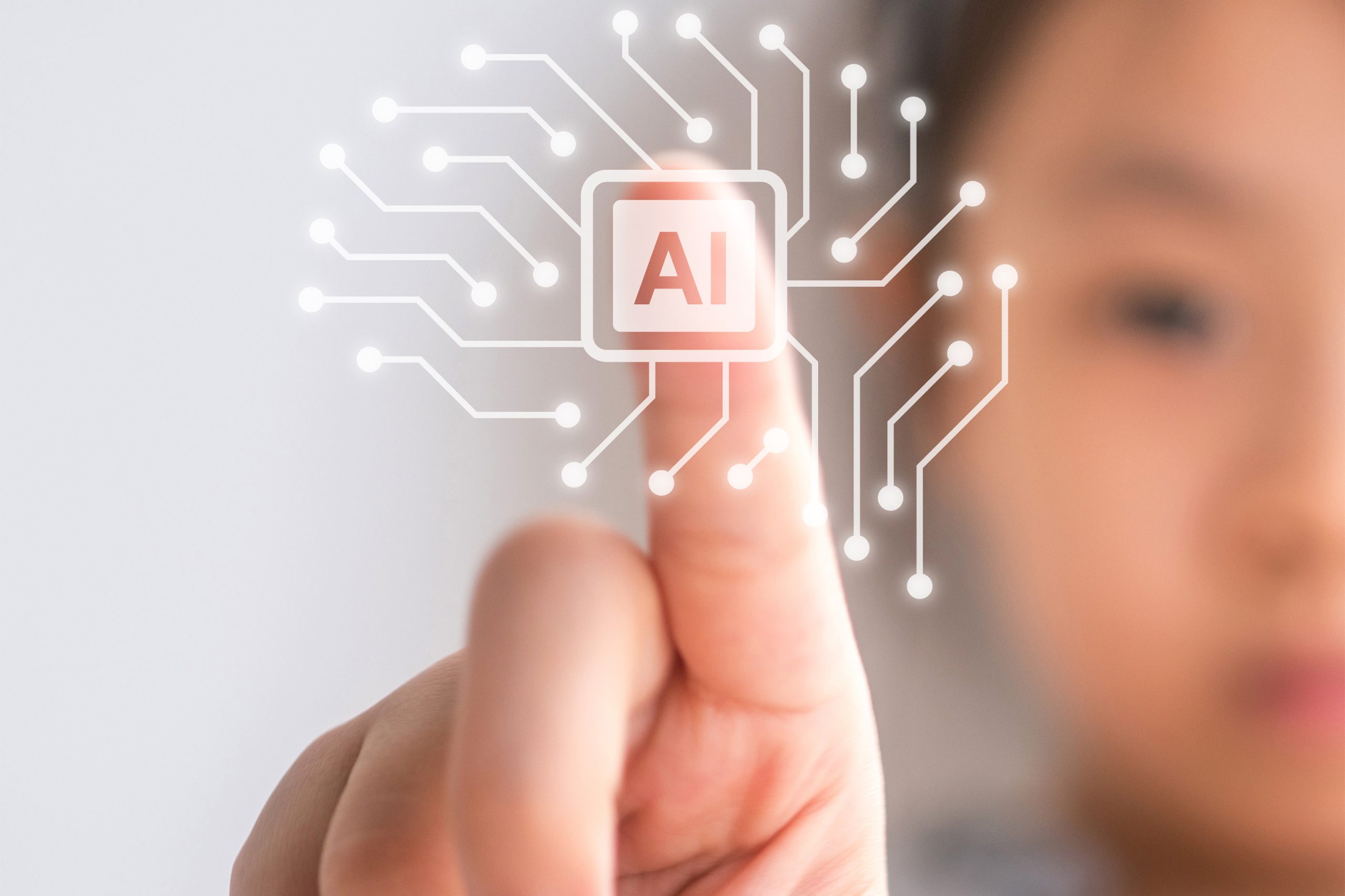A new report by the National Education Association’s (NEA) Task Force on Artificial Intelligence in Education examines current and future roles of AI technology in preK-12 and higher education settings.
Task force members determined that, similar to the internet, “access to safe and effective AI-enhanced technology should be viewed much like a modern-day utility and made available (equitably) to every student of every economic status.”
While school systems navigate how and when to utilize AI, local educational agencies and higher education institutions are taking approaches ranging from banning AI tools to publishing their own policies for use to attempting to implement their own chatbots, as seen in Los Angeles Unified School District.
Educators must familiarize themselves with AI to determine when it can be helpful, ensure their students are AI literate and advocate for the creation of policies, according to the report. When it was published in late June, California was one of 16 states that had guidance available.
Even with the potentially promising aspects of AI, including aiding educators with lesson planning, enhancing personalized learning opportunities, promoting student engagement and motivation and the ability to quickly crunch data to provide insights on student learning patterns and skill levels, the NEA task force noted its apprehensions.
“We must never forget that artificial intelligence offers intelligence without consciousness,” the report states. “We are concerned by not only the evidence of bias and inaccurate or nonsensical outputs we found in numerous studies and articles but also the overconfidence and trust placed in untested AI technologies and lack of planning and evaluation that could be detrimental to our education systems, students and educators.”
The report also covers the potential benefits of AI for students and educators with disabilities — offering services such as automated text simplification, automatic speech recognition and object, scene and optical character recognition.
“Our belief is that AI technology must not conform to a purely ableist and privileged standard that neither serves nor adapts to the educational needs of students with disabilities. Effective AI tools in education must be designed to meet a range of disabilities (i.e., learning disabilities, hearing impairments, visual impairments, etc.),” according to the report.
Additionally, the task force considered AI’s possible effects on climate.
“Although these technologies operate in virtual spaces, AI and the cloud will intensify greenhouse gas emissions, consume increasing amounts of energy, and require larger quantities of natural resources,” the report reads. “Research suggests that a single generative AI query consumes energy at four or five times the magnitude of a typical search engine request, and image-generating tasks are even more energy-intensive.”
Recommendations
To maximize the advantages and minimize the harms of AI in education, the task force provided five guiding principles to inform the NEA’s work:
- Students and educators must remain at the center of education
- Evidence-based AI technology must enhance the educational experience
- Ethical development/use of AI technology and strong data protection practices
- Equitable access to and use of AI tools is ensured
- Ongoing education with and about AI: AI literacy and agency




